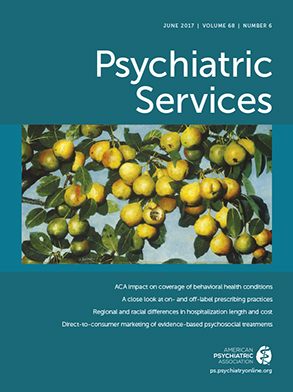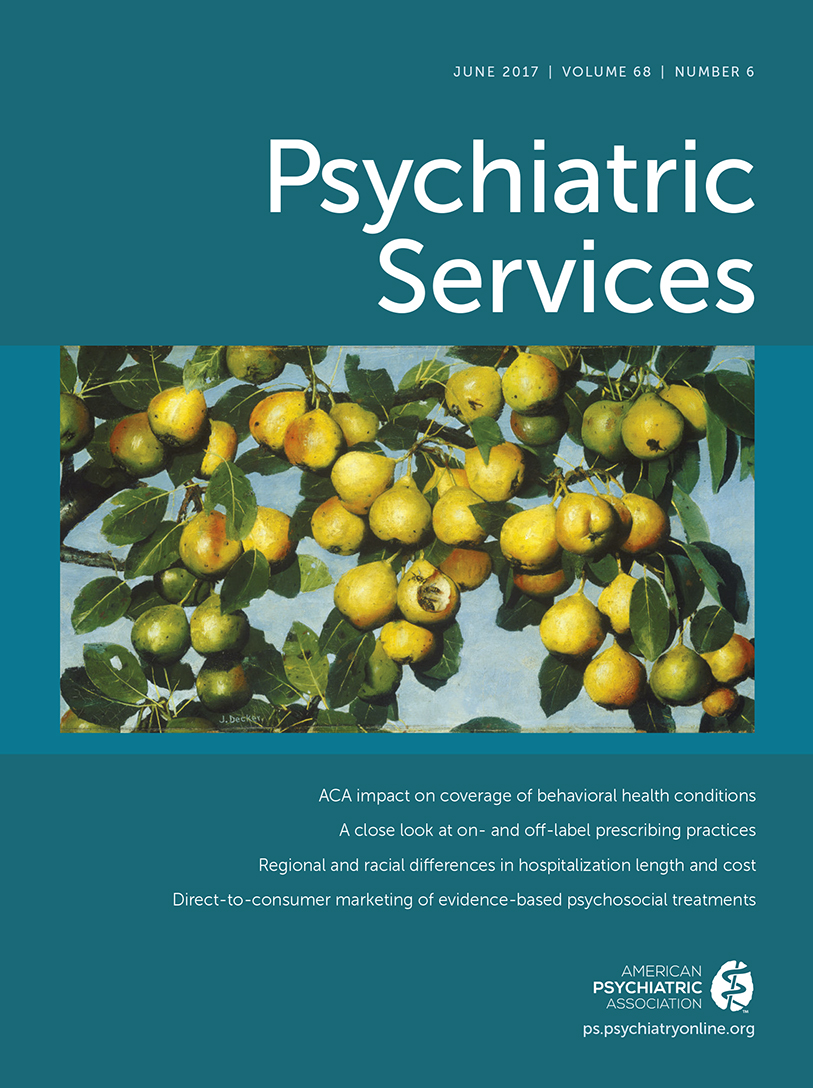Marketing is a concept that is often misunderstood. Simply put, marketing spurs demand for services and products (
1). Moreover, there are several marketing subtypes. Commercial marketing seeks to influence people to buy specific goods and services in order to increase profits (
2). It prompts consumers to buy clothes, watch movies, rent hotel rooms, and sip expensive coffee drinks. On the other hand, as Andreasen (
2) explained, social marketing (SM) promotes the “social good beyond the marketplace—for influences that clearly improve individuals’ lives, communities, countries, and entire regions of the world.” SM efforts to promote public health projects—such as smoking cessation, diet, exercise, and safe sex campaigns—have earned success (
3).
Direct-to-Consumer Marketing
Direct-to-consumer (DTC) marketing is a “pull” strategy designed to increase demand for a product or service. It is used by both social and commercial marketing campaigns to influence consumers’ behaviors, attitudes, and preferences (
4). DTC marketing for pharmaceuticals in general and for psychotropic medicines in particular has a long history as well as a documented record of success in commercial marketing in the United States. In 1997, the U.S. Food and Drug Administration (FDA) eased its restrictions for advertising pharmaceuticals. Between 1998 and 2006, pharmaceutical advertising budgets for DTC marketing swelled to four times their pre–1997 allocation (
5). Furthermore, these advertising efforts yielded more than a 300% return on investment for pharmaceutical companies over a seven-year period beginning in 1999 (
6). More specifically, in 1999, paroxetine was marketed directly to consumers for treating depression, and this was followed within one year by an approximate 16% uptick in sales of the drug (
7). Hollon (
7) explained that one year later, paroxetine became the fourth most marketed medicine, and two years later, it was ranked tenth among best-selling medicines in the United States.
Successful DTC campaigns have spawned advocates and detractors in addition to stimulating stringent federal regulatory procedures (
8). On the one hand, DTC marketing is viewed as having several favorable aspects, including increased patient empowerment, increased education, improved awareness of disorders and treatments, better provider-patient relationships, and reduced noncompliance with treatment (
6,
8). Conversely, opponents of DTC marketing believe that it contributes to misleading information, fosters the view that treatment is a quick fix, and compromises the provider-patient relationship (
6,
8).
The effectiveness of evidence-based psychological treatments (EVPTs) is well-established through hundreds of randomized controlled trials (RCTs) and many meta-analyses (
9). However, typically EVPTs are not widely available or properly delivered in the community (
10). Not coincidently, Gallo and colleagues (
11) argued, medication has emerged recently as a default monotherapy option for treatment as usual in community settings. At the same time, off-label uses of medicines have increased (
10). Determining whether these separate findings are spuriously coincidental, significantly correlated, or clearly causative is an empirical question. Nonetheless, a bottom-up, inductive inference could be logically made. Increased medication dosages and prescriptions for off-label medicines could be related to a lack of access and improper implementation of EVPTs as either stand-alone or adjunctive treatments. Thus creating greater public awareness of EVPTs would seem to be a meritorious idea. Because commercial DTC advertising has worked so well for pills and other products, an SM campaign using DTC principles might work approximately well for educating patients about EVPTs that equip patients with skills.
The research on DTC marketing for EVPTs is in its infancy, consisting mainly of several interesting commentaries (
4) and reviews (
11,
12) as well as one RCT (
13). This Open Forum proposes recommendations and suggests caveats for DTC marketing of EVPTs.
DTC Marketing of EVPTs
Santucci and colleagues (
4) noted that successful DTC marketing of EVPTs fosters “pull” demand and results in increased treatment adoption in community contexts. In the first RCT of DTC marketing of EVPTs, Gallo and colleagues (
13) found that the campaign increased participants’ self-reported likelihood of seeking evidence-based psychosocial interventions. Based on Gallo and colleagues’ (
13) findings, we recommend that high-quality marketing messages about EVPTs carry a compelling and concise message that clearly transmits the advantages of EVPTs over treatment as usual. Marketing science, theory, and practice emphasize that the best communication strategy includes catchy tag lines that transmit simple unifying messages (
13,
14). Marketing communications must translate bench science to bedside practice in a manner that is accessible to patients, consumers, and providers.
In Europe, where health care is financially supported by a single-payer system, a number of intriguing social marketing initiatives are being used to directly target consumers. Typically, these projects focus on alerting consumers to evidence-based practices rather than advertising specific clinics, hospitals, and practitioners. For instance, the home page of the European Association of Cognitive Behavior Therapy (
www.eacbt.com) presents an example of a down-to-earth tagline (“Life doesn’t get better by chance, it gets better by change”). In the United Kingdom, a successful initiative called Improving Access to Psychological Treatments uses SM well (
www.leedscommunityhealthcare.nhs.uk/document.php?o=4254) and offers the straightforward point, “Time to change the way you think.”
Launching a DTC campaign prompts several ethical questions. Certainly, the ethical standards of various professional associations that might be supporting DTC efforts, such as the American Psychiatric Association and the American Psychological Association, must be adhered to precisely. In addition, as Lee and Kottler (
15) explained, the ethics and values of the American Marketing Association should be guideposts. These standards state that marketing campaigns should be harmless to the public, honest, noncoercive, responsible, fair, respectful, and transparent. Untoward outcomes for a DTC project could be mitigated through several precautions. First, conducting a small pilot project before attempting a more large-scale initiative could prevent missteps and identify potential unintended poor outcomes (
15).
Attention to the desired effect is also crucial. For instance, in their study, Gallo and others (
11) found that the DTC marketing of pharmaceuticals created a demand for a specific drug (for example, Zoloft) rather than for a general class of interventions (for example, selective serotonin reuptake inhibitors). In a review on the DTC literature, which included large-scale economic studies of pharmaceutical marketing, Becker (
12) wrote that the DTC marketing for pharmaceutical products “raised the tide for all boats” and created a larger market for antidepressants in general. We believe that DTC marketing efforts must be educational and foster increased mental health literacy. A pilot study would allow for analyses of desired effects and add greater precision to larger-scale projects.
Porter (
6) noted several guiding principles for DTC pharmaceutical advertising that also apply to marketing of EVPTs. The messages must not be misleading, must provide balanced information and material about alternative options, and must include statements about risks and benefits. Statements making comparisons between treatments should be founded on reputable scientific findings. Of course, DTC marketing ought to avoid making unsubstantiated claims and other unethical statements (
6). In our opinion, DTC marketing efforts must be educational and foster increased mental health literacy
Decisions will need to be made about who should initiate and regulate DTC SM efforts. Federal agencies certainly should play some roles. For instance, the Substance Abuse and Mental Health Services Administration maintains a directory of EVPTs. National organizations, such as the American Psychiatric Association, the American Psychological Association, the American Academy of Child and Adolescent Psychiatry, the National Association of Social Workers, and the Association for Behavioral and Cognitive Therapies, represent an illustrative but not exhaustive list of potential contributors. These national initiatives could be distributed via the state and local branches of organizations of professionals.
It should be noted that marketing regulation adheres to a capitalist philosophy based on the principle that the choices of target audiences are free and rational (
16). Petty (
16) remarked that if SM efforts by nonprofit entities result in fiduciary gains, the Federal Trade Commission could serve as a regulatory body. In the United States, the FDA regulates DTC pharmaceutical marketing, and if DTC marketing of EVPTs were to take off, it would need to be properly regulated by a similar organization or agency (
10).
Another goal of DTC SM of EVPTs is the attenuation of inequities in behavioral health care services for vulnerable and underserved populations. Toward that end, we offer several recommendations. Certainly, by creating demand for EVPTs, DTC campaigns should promote accountability and improve care across different public and private sectors. As a function of the DTC campaign, the public’s behavioral health care literacy should likely increase. As a result of better access to services, greater behavioral health care literacy, and new requirements for clinical accountability, inequities should ideally decrease. Nonetheless, fair access to the marketing distribution channels is a consideration. Ideally, mass communication efforts should reach all segments of the population, and materials may need to be customized for different cultural contexts. Considerable creativity will need to be directed toward developing distribution channels that reach patients or consumers. Social media, as well as traditional electronic and print outlets, will need to be utilized. In order to increase accessibility to EVPTs, language concerns and cultural idioms need to be addressed.
Finally, DTC marketing is not free. Financing is a major issue. Initiatives in the United Kingdom are underwritten by government and foundation monies. Therefore, mining funding sources necessitates much attention. Once these monies are located, the identities of the financial interests providing them should be made clear to the public. Because no single product is promoted, SM of EVPTs is unlikely to fill the coffers of specific individuals or for-profit corporations; nevertheless any financial disclosures and interests must be transparent.

